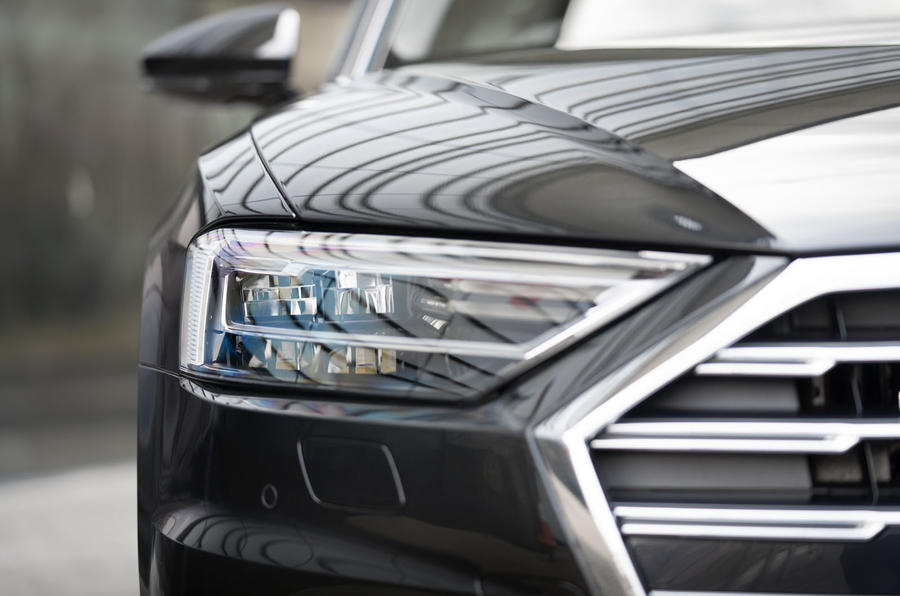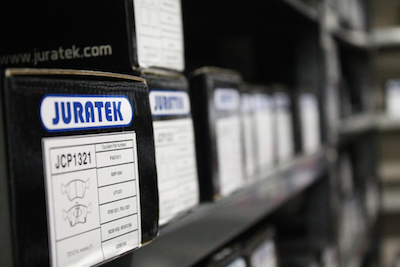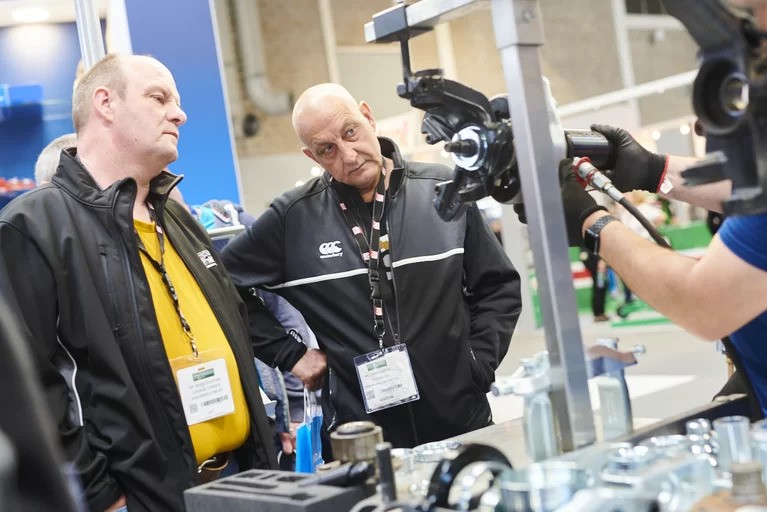- 8FS and 8FR engine codes. The engine cooling fan motor runs continuously, with an engine code P11AA showing. This is a manufacturer specific code, so it’s not always easy to identify what the code refers to. The problem tends to relate to air leaks on the intake manifold or splits in the vacuum pipes going to the manifold. To fix, either replace the vacuum pipes or repair the leaks themselves.
- The central locking can be a problem, with the locking either not operating correctly or not at all. The cause tends to be the result of corroded wiring between the door lock mechanism and the door multi-plug that’s housed in the vehicles A-pillar. To fix, the corroded wiring needs to be repaired.
- In models up to November 2007 owners would complain of a knocking noise, particularly whilst driving over rough roads or during stop/start journeys. Unusually this knocking may not be associated with typical suspension components, but the result of loose spacers on the vehicles front sub-frame. The fix is simple – just retighten both front sub-frame spacers to the body. Once done it’s important to check front wheel alignment.
- Another complaint is of knocking from the front axle (left or right) on bumpy roads when turning. Again, it would be easy for technicians to spend time investigating suspension components, such as the ball joints. However, simply lubricating the right hand engine mounting tends to fix the problem.
- There have been instances on this model when the brake hub rotates unevenly, which causes excessive metallic noise or braking vibration. If this is reported, technicians should firstly carry out a brake disc run out test using a Dti gauge as normal. However, they should also perform a run out test on the hub too (disc run out causes brake vibration but if the hub is distorted the technician will see run out on the disc and may not consider the hub). To fix the hub will need replacing, along with the wheel bearings.
- The rear lights, indicators and stop lights can sometimes stop working. This can be due to the plug into the rear light circuit boards being corroded, so the electricity tries to flow through other bulbs. To fix a new light board will need to be fitted and connections repaired.
Diesel Models
- On the 1600HDi model, there can be a noise or vibration emanating from the engine compartment whilst the engine is running. The cause can be due to the supporting bracket on the intake mixer tap becoming detached. To fix the problem the air mixer support needs to be replaced.
- There can be traces of soot close to the turbo charger. This could lead technicians to believe that the turbo is faulty and needs replacing – an expensive job. However, the cause is often the flange connection between the exhaust particulate filter and the turbo charger itself. This can leak, resulting in soot showing on the turbo charger. For this reason technicians should check this connection first and simply reseal the connection if it’s faulty.
- On the 1600HDi model there can be a screeching noise underneath the bonnet when starting and stopping the engine. Typically this is due to the Dual Mass Flywheel being worn. If the noise is excessive the DMF should be replaced, however a slight noise is deemed acceptable by Peugeot, so in this instance the DMF should be left alone.
- The coolant temperature warning light illuminates with white exhaust smoke. The technician will then perform a pressure test, but will not see any external leaks from components such as the radiator or hoses. This means the problem could be an internal leak inside the EGR heat exchanger, which is resulting in the exhaust gasses recycling the leak to produce the white smoke.
- It’s common for the diesel injector sealing copper washers to fail. As a result the exhaust fumes then blow past the injector and into the engine compartment. The tell tale sign of this happening is the smell of exhaust fumes within the car and a noise emanating from the engine bay. That noise is the compressed exhaust fumes getting past the injector seal and seat. At its extreme this can cause a lack of power and even poor starting, as cylinder compression is lost.
To fix the problem the copper washer(s) need to be replaced. Using a removal tool, remove the injector. This process can be made easier by using a special fluid that softens the carbon collecting around the injector. The injectors are calibrated, so if you’re removing more than one injector, be sure to know which cylinder they’ve come from. The next step is to dig out the carbon build up and inspect the injector seat area.
Now, remove the copper washer itself. Now re-cut the injector seat in the cylinder
Head to ensure that the new copper washer will seal completely with the cylinder head. This will result in a long lasting repair.
Finally, place the injector back into the correct cylinder. Remember, if you’re fitting a new injector the new calibration code for the injector must be entered into the engine ECU via a scan tool to the correct cylinder you are working on. This will ensure a complete repair and ensure good starting/ idle speed and performance for the customer.
Petrol Models
- The engine management light comes on and codes for the throttle body are logged. However, upon inspection technicians will find nothing wrong with the throttle body. That’s because in this instance the error codes are irrelevant to the actual issue. The actual cause is that the coolant temperature sensor is leaking, resulting in the coolant travelling over time across the wiring, into the engine management ECU and contaminating the control unit itself. If this happens, the repair is very expensive. To identify the problem technicians should remove the plugs from ECU to look for signs of corrosion (correctly disconnecting the battery first).
- The engine can be difficult to start, hesitant whilst driving and doesn’t idle properly. The engine management light comes on and the error codes (examples such as P1337 and P1338) for the valve timing are logged. The cause relates to the timing chains being stretched or worn, which is commonly due to the incorrect oil being used or infrequent oil changes. To fix the fitting chain and tensioners will need to be replaced. A special timing tool locking kit is available for this job.
- Erratic idle can be caused by the variable valve timing motor seizing or sticking. Timing codes maybe logged to identify this fault, although they don’t always. So if owners report erratic idle and there’s no codes showing, it’s worth checking the valve timing motor.










Go to comments